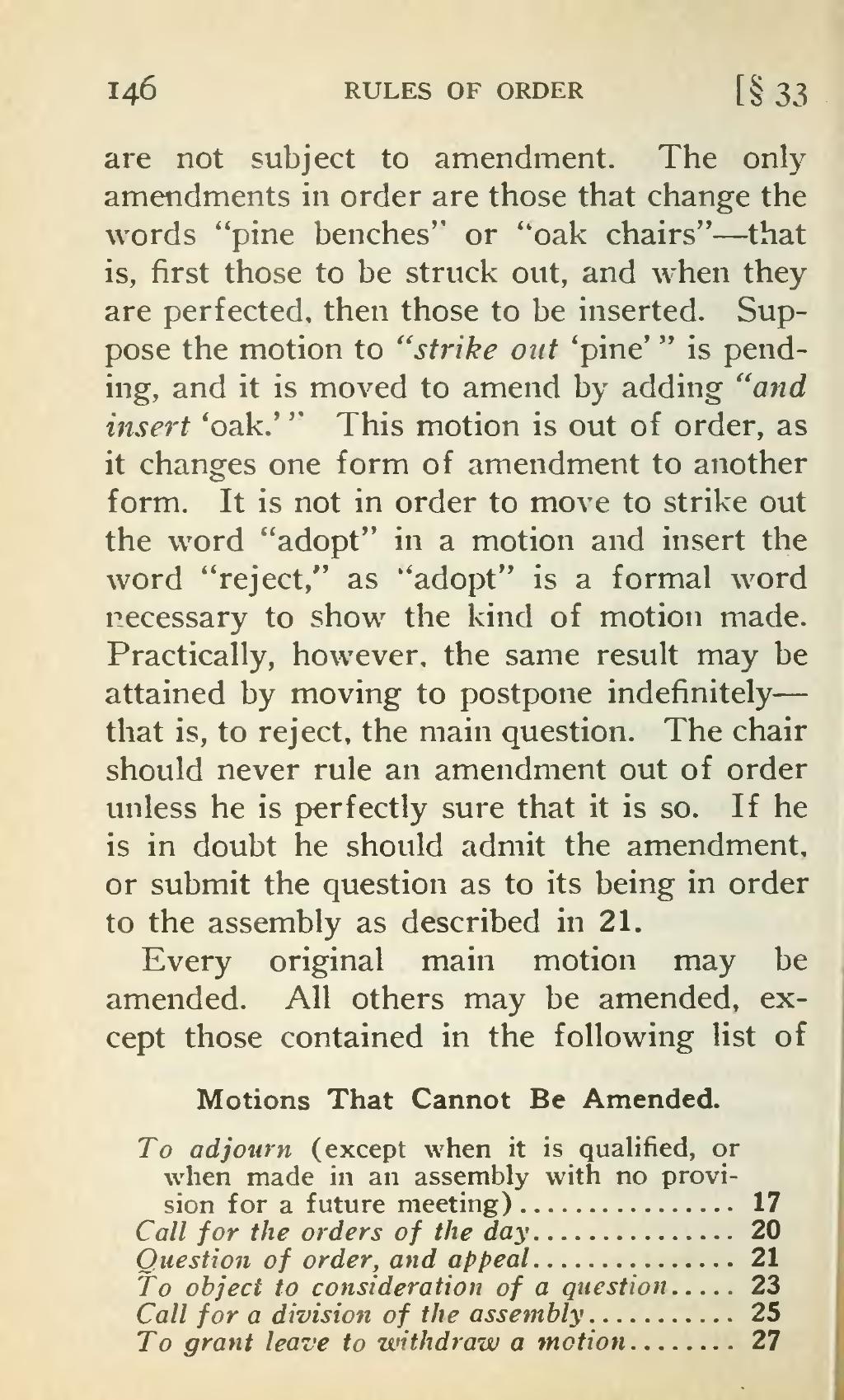Ever since the first malicious, self-copying computer program made its way into computers in 1986 the virus has been causing all sorts of problems. They can slow down machines, corrupt data or display political or funny messages. They can also take personal information such as credit card numbers, telephone number, passwords, bank accounts and spam email addresses as well as contacts.
A virus is a small piece of code that attaches to other files and programs, and then spreads through infecting them and hiding until the affected program is executed. Typically, a virus starts infecting host programs and then it spreads to other programs as well as files, typically via e-mail. A virus that is successful can cause a lot of destruction and damage in very short periods of time.
It takes time and experience to create viruses on computers, but anyone interested in programming for computers can learn how. Creating a virus can be done with the intention of learning about a programming language or as a joke. The process of creating a virus can be a good method to test the efficacy of an antivirus scanner.
This article will demonstrate how to build a simple computer Virus using Python. The same method can also be used with any other programming language. Python is a great programming language for beginners since it is easy to master and is relatively quick. For viruses, other programming languages that can be compiled are generally preferred because they work at an lower level of the computer and will consequently be more efficient.








